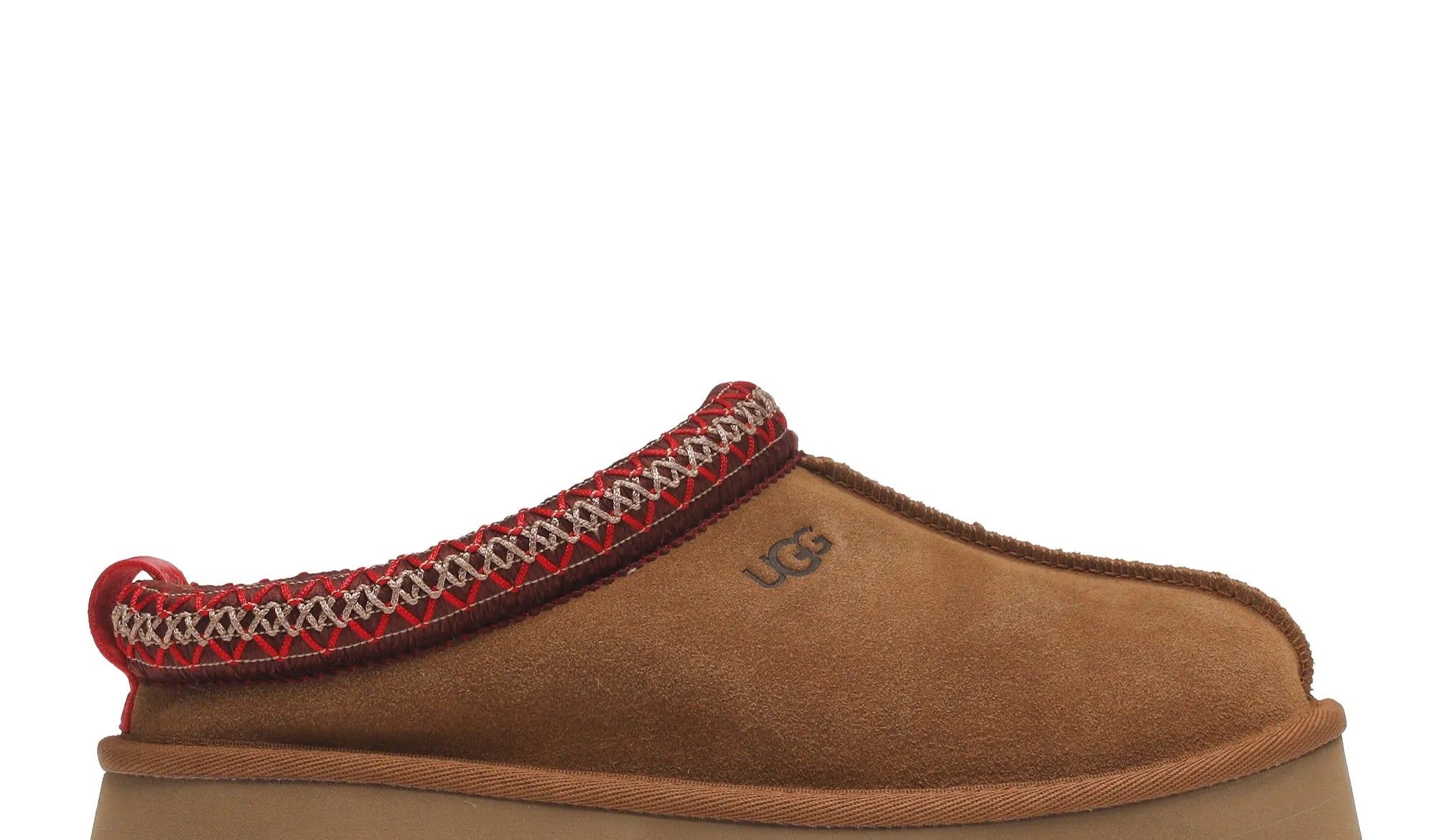Did you know how far the history of sneakers goes?
The history of sneaker production dates back to the 18th century, although of course the technology and materials have changed significantly since then:
The 18th century: The first sneakers were usually hand-stitched from fabric with a thin sole made of leather or rubber. These sneakers were simple and primarily intended for sports like tennis or croquet. They were often custom-made.
The 19th century:During the 19th century, sneakers began to be produced industrially. Sewing machines were used, which allowed for mass production and reduced costs. They were mainly made of leather, canvas, and rubber.
The early 20th century:At the beginning of the 20th century, there was a revolution in sneaker manufacturing, with innovations in materials, technologies, and design, which included the use of leather, synthetic materials, air cushions, and other technological improvements. In 1917, the first sneakers with a rubber sole, known as Converse All-Stars, were introduced, which became popular especially among basketball players.
After World War II:After World War II, companies like Adidas and Puma began to develop sneakers with more modern designs and technologies. In 1949, the first low-top basketball shoes were created – adidas Samba. This period also brought the first true high-top basketball sneakers, such as the Chuck Taylor All-Stars from Converse.
From the 70s to the present: The 70s and subsequent years are characterized by continuous advancements in materials, technologies, and sneaker design. Brands like Nike, Adidas, and others became leaders in innovation in sports footwear. Technologies like Nike Air cushioning, Asics Gel cushioning, or Adidas' adiPRENE have provided sneakers with better performance and comfort. Today, sneakers are not only a means for sports activities but also a fashion statement and a part of streetwear culture.



















